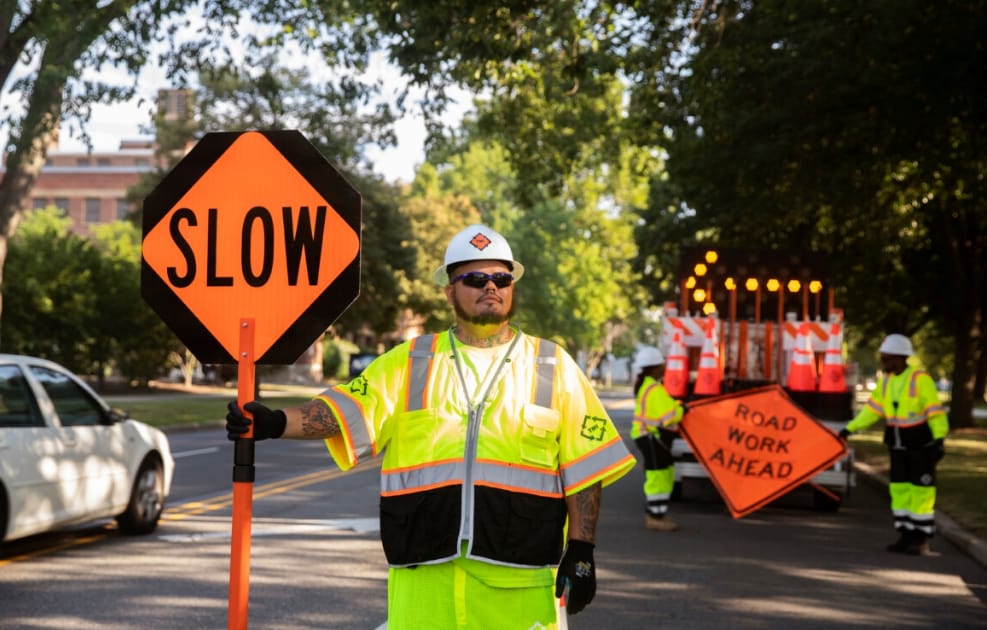In an ever-evolving urban landscape, the safety and efficiency of our roads are paramount. At the heart of maintaining this balance is the implementation of traffic control permits. These regulatory tools are not just pieces of paper but lifelines that uphold the standards of road safety and compliance. This blog post delves into the necessity of these permits, shedding light on how they serve as vital components in safeguarding both pedestrians and drivers.
Establishing the Groundwork: Understanding Traffic Control Permits
Traffic control permits are essential for any construction, event, or activity that might disrupt the usual flow of traffic. They ensure that necessary precautions are taken to manage traffic effectively, minimizing the risk of accidents and ensuring the safety of all road users.
The Blueprint of Safety: Crafting a Traffic Control Plan
A key component of obtaining a traffic control permit is the development of a comprehensive traffic control plan. This plan outlines the strategies and measures that will be implemented to manage traffic flow safely around the affected area. It serves as a blueprint, detailing every sign, barrier, and signal that will be used, ensuring that disruption is minimized and safety is prioritized.
The Pillars of Compliance: Why Traffic Control Permits Matter
Legal Adherence
One of the foremost reasons for obtaining a traffic control permit is legal compliance. Operating without one can lead to hefty fines, project delays, and even legal advice. These permits are a seal of approval from local authorities, indicating that the planned activities adhere to all safety and regulatory standards.
Safety First
The importance of safety on the roadways cannot be overstated. By requiring a traffic control plan, these permits ensure that every possible risk is assessed and mitigated. This proactive approach significantly reduces the likelihood of accidents, protecting both workers and the general public.
Ensuring Smooth Operations
Beyond safety and legality, traffic control permits are instrumental in maintaining the flow of traffic. They allow for the carefully orchestrated management of potential disruptions, ensuring that the impact on daily life is minimal. This planning is crucial in urban areas where even minor disruptions can lead to significant congestion.
Building Public Trust
Adherence to regulations through obtaining the necessary permits fosters public trust. It signals to the community that all measures are being taken to ensure their safety and convenience, strengthening the relationship between project managers and the public.
Concluding Thoughts
The role of traffic control permits in maintaining road safety and compliance cannot be understated. They are not merely administrative requirements but foundational elements that ensure the wellbeing of all road users. By facilitating detailed planning and enforcing compliance, these permits play a critical role in navigating us toward safer, more efficient roadways.
Stay informed and comply with these regulations to contribute to a safer, smoother future for everyone on the road.

